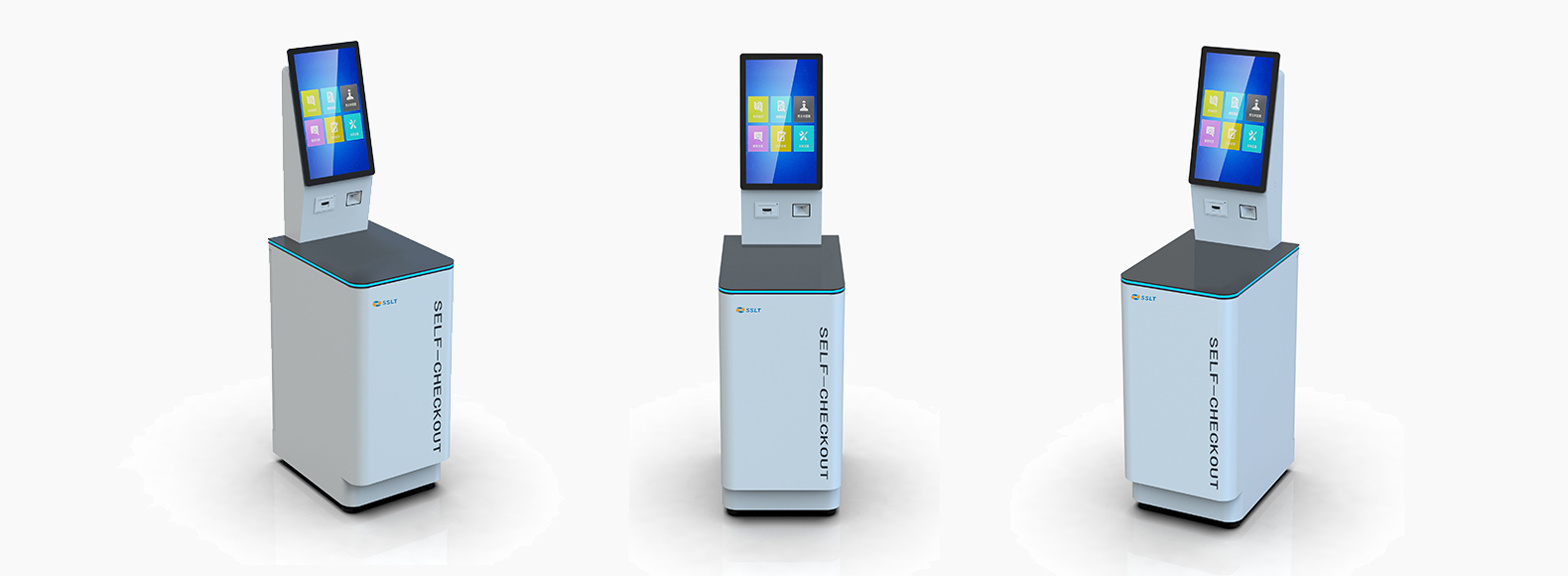
A102/A902 RFID book self-service system
The iAiot-A102/A902 book self-service borrowing and returning system is mainly used for library book self-service borrowing and returning, query, renewal, etc. It has high-frequency and ultra-high frequency configurations, multiple books simultaneous recognition processing, multi card recognition functions, built-in face recognition settlement module and protocol standards, the system has MQTT, CAN Internet of Things protocol standards, and future customers will seamlessly connect the intelligent library Internet of Things management platform without replacing the existing anti-theft hardware, Realize intelligent hardware management and control (online status, fault diagnosis, remote maintenance, upgrade, etc.) and big data analysis of the intelligent Internet of Things platform.
1、 Usage:
1. Borrowing books: select the borrowing method (IC card, RFID card, ID card, face recognition) on the self-service borrowing machine. After confirming the identity, multiple books are prevented from being in the book recognition area at the same time. After confirming the number and name of books, the borrowing function is completed.
2. Book return: multiple books shall not be returned in the book identification area at the same time after confirmation. No identification is required.
2、 Product features and parameters:
Main characteristics:
1. The system software adopts a modular design architecture, and each peripheral function module (such as reader card module, SIP2 interface module, face recognition) corresponds to different independent files, which can be flexibly loaded and enabled in the configuration program according to actual needs;
2. The system supports multiple borrowing and returning books at the same time, supports readers' query and renewal, and provides self-service services for readers such as borrowing, returning, query and renewal;
3. Conform to relevant international industry standards:
1) A902: UHF system (860-960MHz): EPC C1 GEN2/ISO18000-6C standard;
2) A102: High frequency system: ISO/IEC 14443, ISO/IEC 15693 and other standards;
4. Support various types of library cards through multi-functional read-write devices and supporting software systems, and support the identification of various types of library cards used by libraries: second-generation resident identity cards, IC card reader cards, RFID reader cards;
5. The reserved face recognition borrowing module and protocol standard are convenient for upgrading to face recognition borrowing;
6. The system can be set to support offline operation mode, and has perfect follow-up processing function after connection;
7. Operating frequency: UHF (840~960MHz, customized as required), default frequency 920~925MHz, other multinational frequency standards (customizable);
8. Response speed: no less than 8 labels per second;
9. Communication interface: USB or RS232, RJ45;
10. TCP/IP networking protocol, SIP II international standard protocol, NCIP protocol and other interfaces exchange data with the library database to ensure system security;
11. Book recognition: multiple book recognition, reading and writing distance ≤ 250mm;
12. Power supply requirements: AC200V, 50Hz;
13. Power and energy consumption: 300W;
14. Touch machine configuration: 18.5-inch touch screen, I5 generation motherboard, memory: 8G; Hard disk 256G
15. WINDOWS touch all-in-one machine;
16. The system has MQTT, CAN Internet of Things protocol standards. Future customers will seamlessly dock with the Internet of Things management platform of the smart library without replacing the existing anti-theft hardware, to achieve intelligent hardware control (online status, fault diagnosis, remote maintenance, upgrade, etc.) and big data analysis of the intelligent Internet of Things platform;








